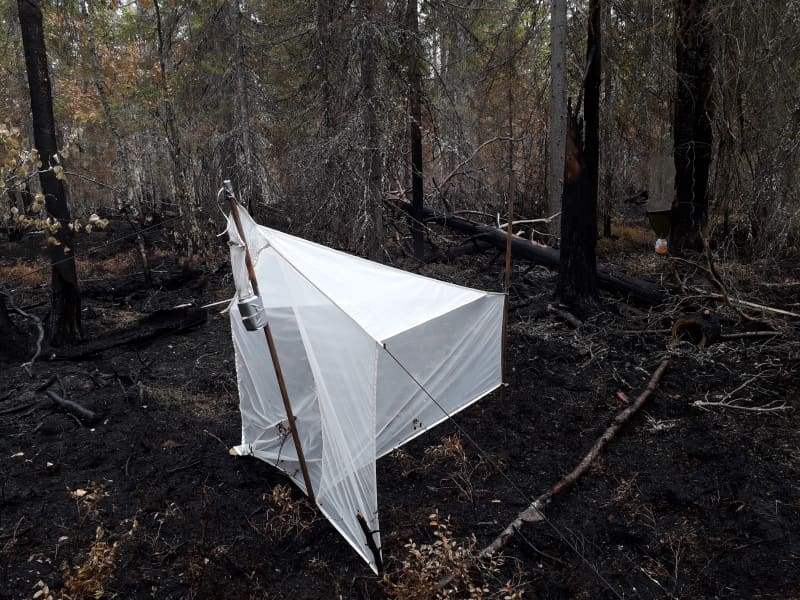
Of the species completely new to science, seven are flies and one is a woodpecker.
Metsähallitus’ nature services have found eight completely new species of insects in their nature surveys and an additional ten species that have not been found in Finland before.
In addition, no less than 300 insect species were found in Lapland, which are known from other parts of Finland, but which have not been observed in Lapland before.
Metsähallitus’ nature services have mapped insects especially in the conservation areas of Central and Eastern Lapland.
– Surveys are rarely done as official work. In Lapland, mapping has always been largely done by volunteer species experts.
Identifying a new species also requires expertise, which few in Finland have.
– For many species groups, you can count them on the fingers of one hand, Rundgren states.
Luontopalvelut has carried out insect surveys in Lapland on a project basis for two summers now. Some of the mapping has been done as part of the Beetles Life project, where living conditions have been created for species that require forest fires.
Flower flies are important for the frost crop
Flies and wasps are the most species-rich of the insect groups, and new insect species can be found specifically in these groups.
Wasps and especially flies play an important role in Lapland as pollinators, especially in marshes.
– There has been a lot of talk about bumblebees in recent years, but also many flies and especially flower flies have their own role as pollinators. They really play a big role in the success of hill crops, says Eerikki Rundgren.
Next, the new species found in Lapland are to be described for science. Foreign researchers also participate in scientific filming. The goal is that some of the species will get a description and a scientific name already next year.
